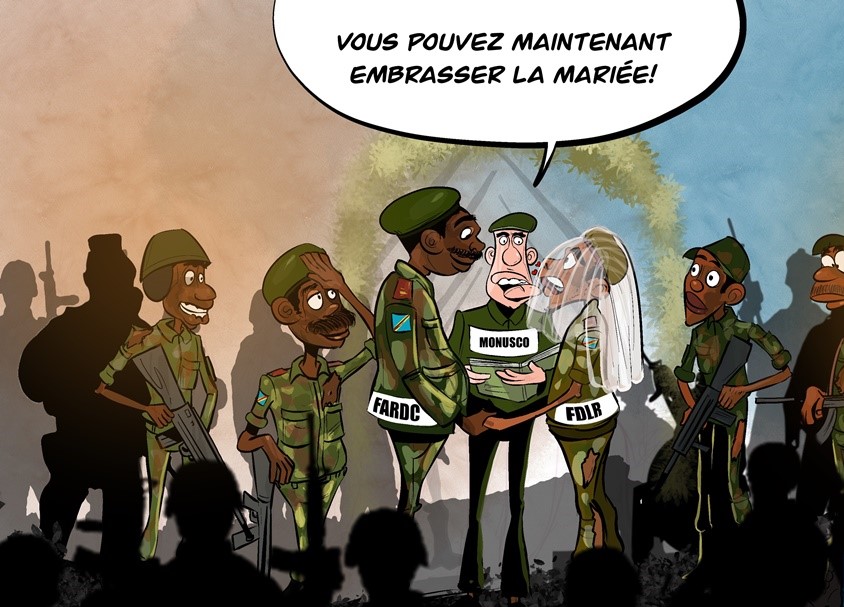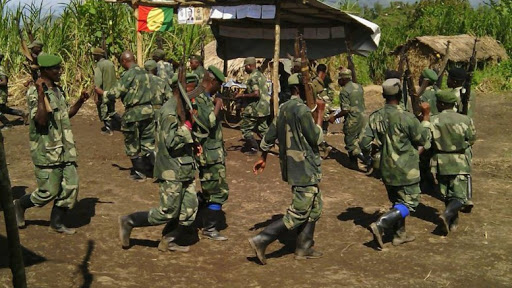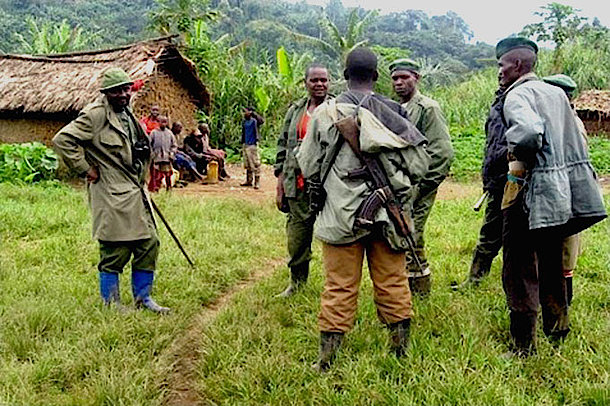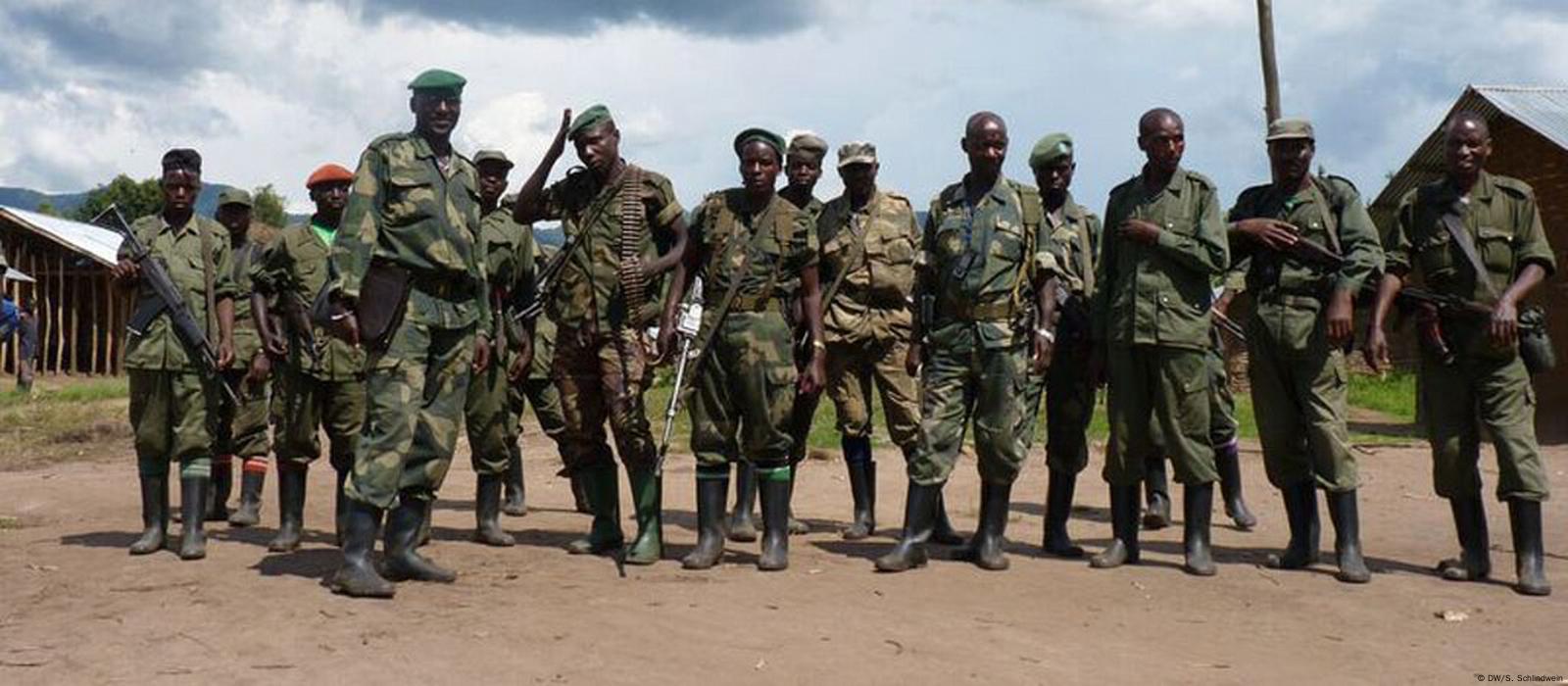Regional
FDLR neutralisation plan exposed DRC’s complicity
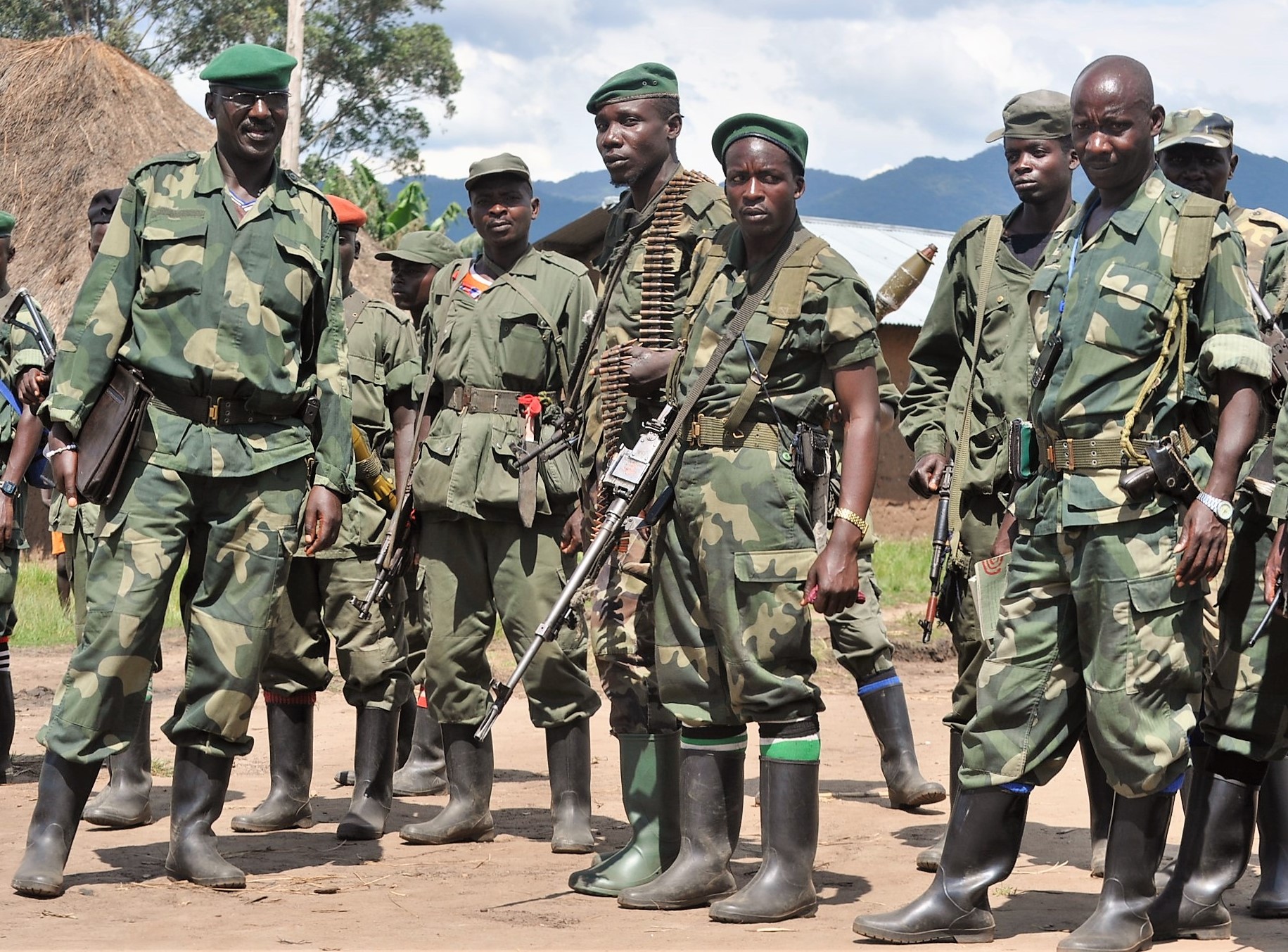
FDLR militiamen.
The Democratic Republic of
Congo (DRC) submitted a proposal for the neutralization of the FDLR, a
genocidal militia, during a July 30 ministerial meeting in Luanda, Angola. The
FDLR is a genocidal militia formed by individuals responsible for the 1994 Genocide
against the Tutsi in neighbouring Rwanda.
This UN-sanctioned terrorist
group found sanctuary in eastern DRC, then Zaire, after massacring more than
one million Tutsi in Rwanda within three months.
The genocidaires were received
by the Congolese government with their weapons and later provided with more
support including ammunition and finance, as they plotted a forceful return to
Rwanda to recapture power and finish their unfinished genocide agenda.
The Congolese national army,
FARDC, incorporated the FDLR in its ranks while successive Congolese leaders,
including President Felix Tshisekedi have, on many occasions, denied the
existence of FDLR, alleging that it is ‘a pretext’ used by Rwanda to ‘invade’
eastern DRC.
Despite Kinshasa’s denial,
overwhelming evidence to the fact exposed DRC’s complicity.
The July 30 ministerial
meeting in Luanda stripped the DRC-FDLR cooperation naked. Foreign ministers
from Angola, Rwanda and DRC met in Luanda, and the Congolese government agreed
to a plan to neutralize FDLR.
The meeting was preceded by
another of intelligence experts from the three countries, on August 7, in which
the proposed plan for the neutralization of FDLR was reviewed.
Why did Kinshasa propose and
agree to implement a plan to neutralize this terrorist group if FDLR has never
been in DRC?
Kinshasa’s implication in
denying the existence of FDLR is that it wants to deflect the world’s attention
away from the root causes of the eastern DRC crisis and shift the blame on
Rwanda.
The genocidal militia is the
root cause of the persistent genocidal ideology throughout the east of the
country and the African Great Lakes region, resulting in persecutions of
Congolese Tutsi, recurring violent conflicts, and an increase in criminal
activities.
The FDLR’s cruelty is common
knowledge in Kinshasa, but the latter continues supporting the mass murderers.
The latest UN Group of
Experts'report on DRC confirmed that FDLR remains an important actor in the
ever-escalating conflict in eastern DRC and that the protracted armed violence
worsened the already dire humanitarian crisis.
Tshisekedi believes that FDLR
is stronger, as a fighting force, than his poorly managed, indiscipline, and
corrupt army. He wants the terrorist group to help him in fighting rebellions
against his regime.
The FDLR has been on the
frontlines whenever the Congolese national army was involved in battles with
rebel groups. The genocidal militia engages in clashes either alone or along
FARDC.
The Congolese government also
trains militiamen from negative armed militias grouped in Wazalendo to fight
Corneille Nangaa's political-military coalition, AFC/M23.
The collaboration between
FARDC and FDLR is not new. It has existed ever since the génocidaires fled to
eastern DRC where they were welcomed with open arms.
An October 2022 report by
Human Rights Watch noted that the Congolese army supplied arms and ammunition
to FDLR. One FDLR fighter said: “It’s the government [troops] that would always
provide us with ammunition. They also gave us uniforms and boots.”
Supported and armed by
successive Congolese governments, FDLR’s aim is to attack Rwanda and overthrow
the current democratically elected government.
In November 2019, the
emboldened genocidal militia made incursions into Rwanda, attacking the
inhabitants of Musanze District with knives and rudimentary weapons. Dozens of
people were killed and lots others injured in the attack. No other armed attack
had claimed so many victims in Rwanda than that.
Later, especially in mid-2022,
there was also shelling of Rwanda’s territory by the FARDC-FDLR coalition – on
three occasions – which killed Rwandan civilians and destroyed property.
Kinshasa’s collaboration with
FDLR aligns with their joint grand plot to attack Rwanda, but the country has
always been vigilant due to an existential threat to its security and integrity
posed by the FDLR.
Now that the denials by the Congolese government have been exposed, the region and other partners should better do the right thing - act, decisively, against these génocidaires who are not only threatening Rwanda but the region at large.



